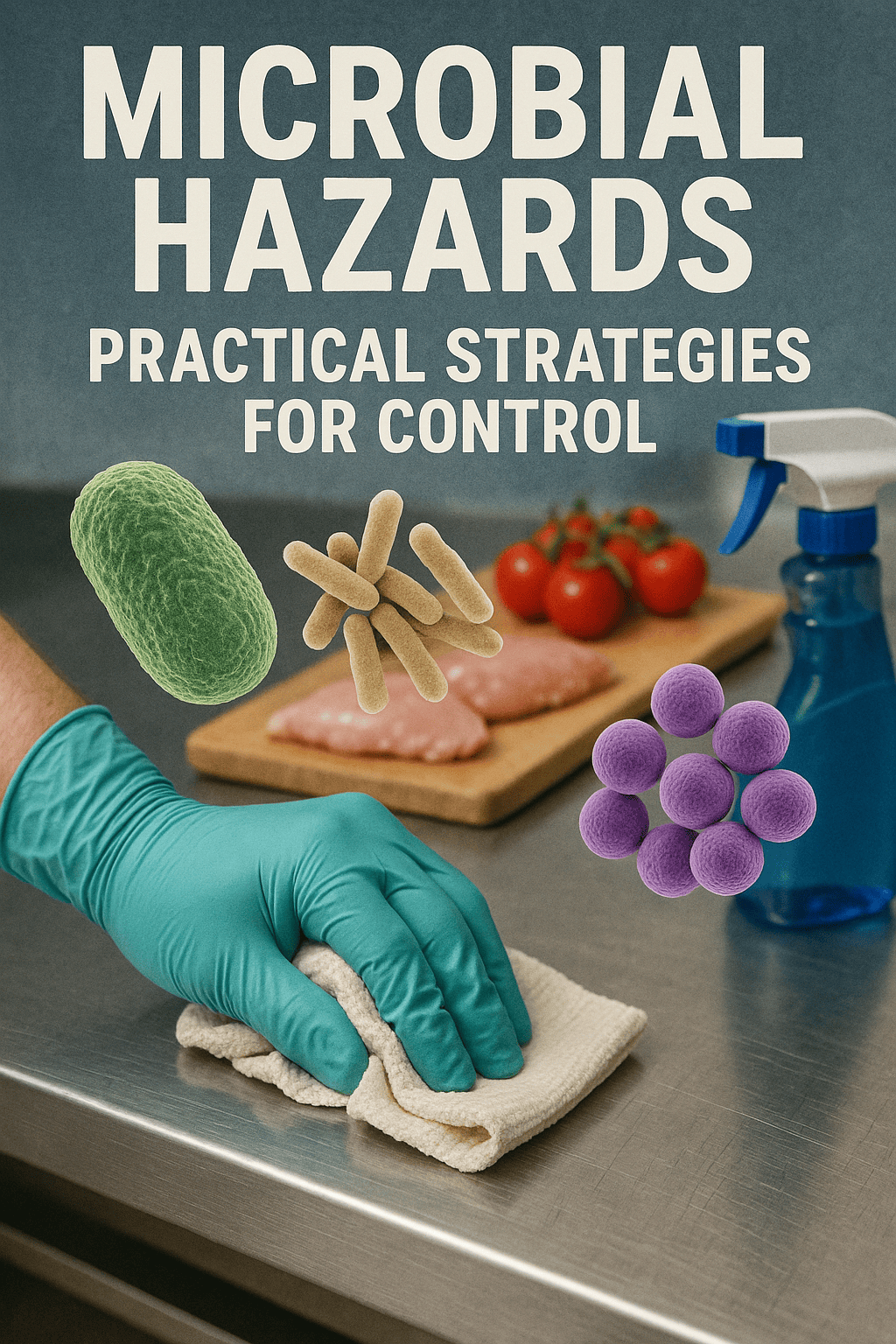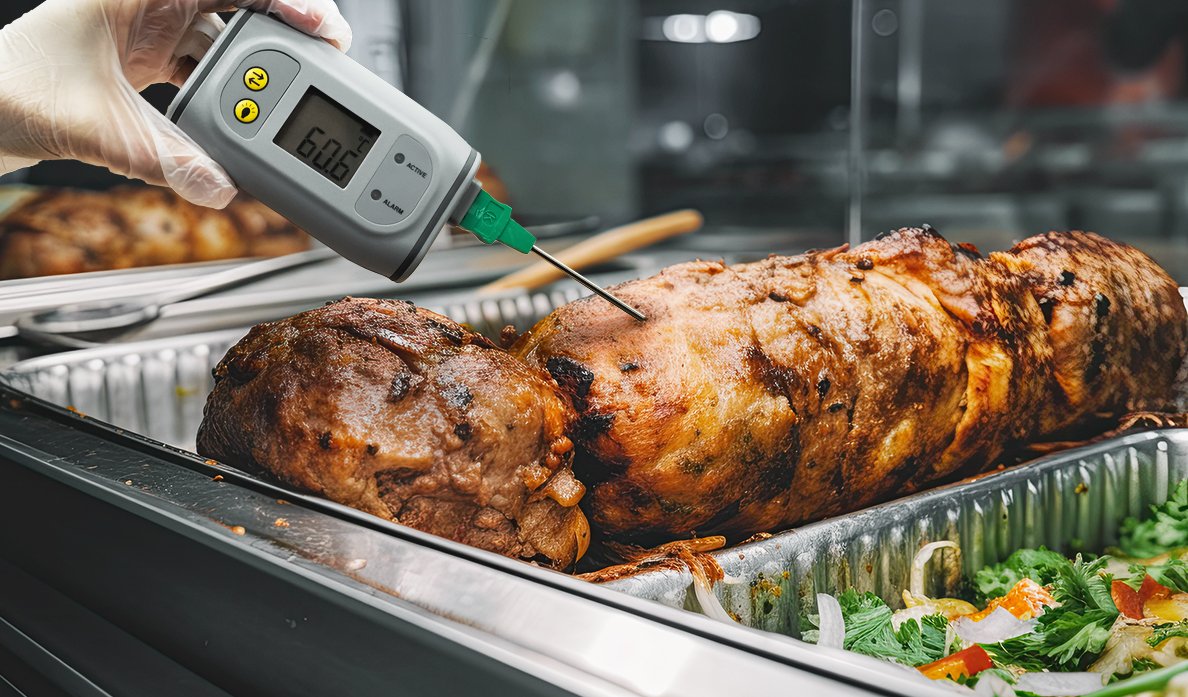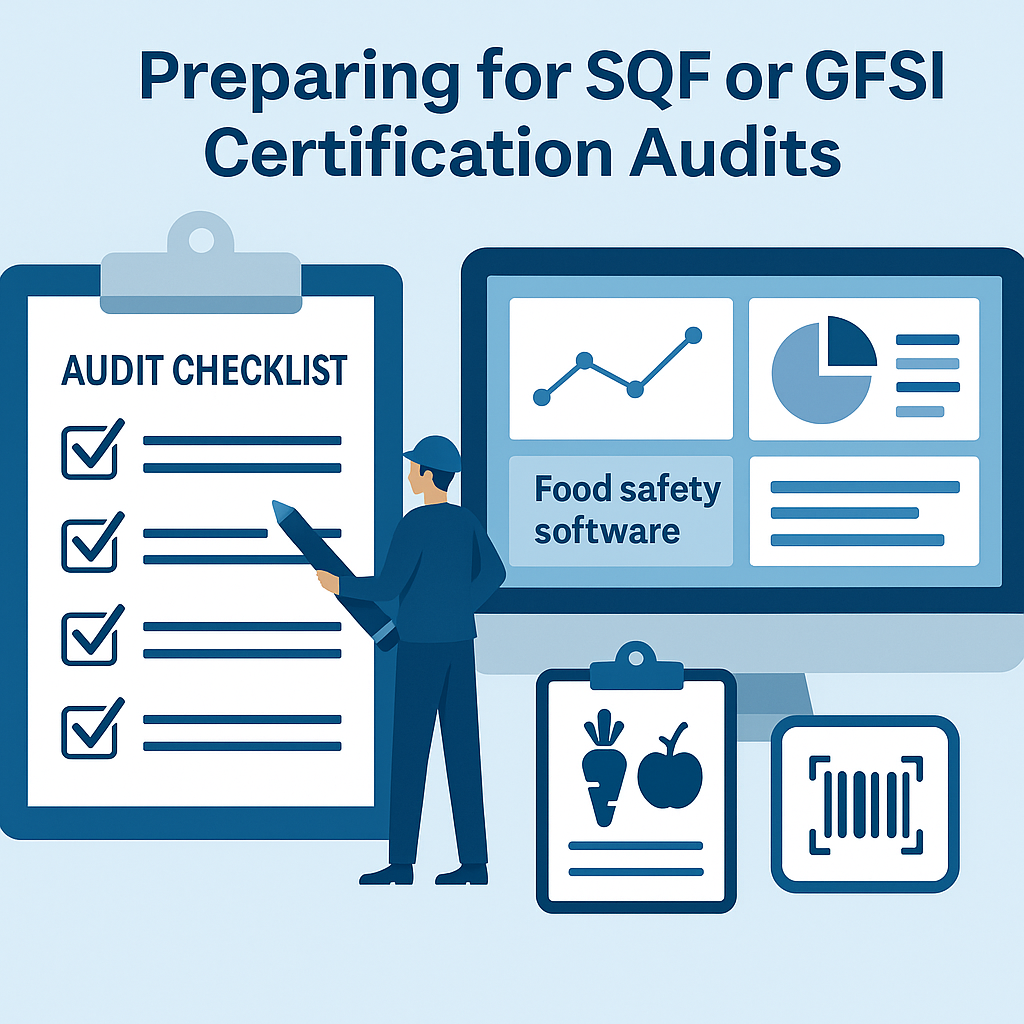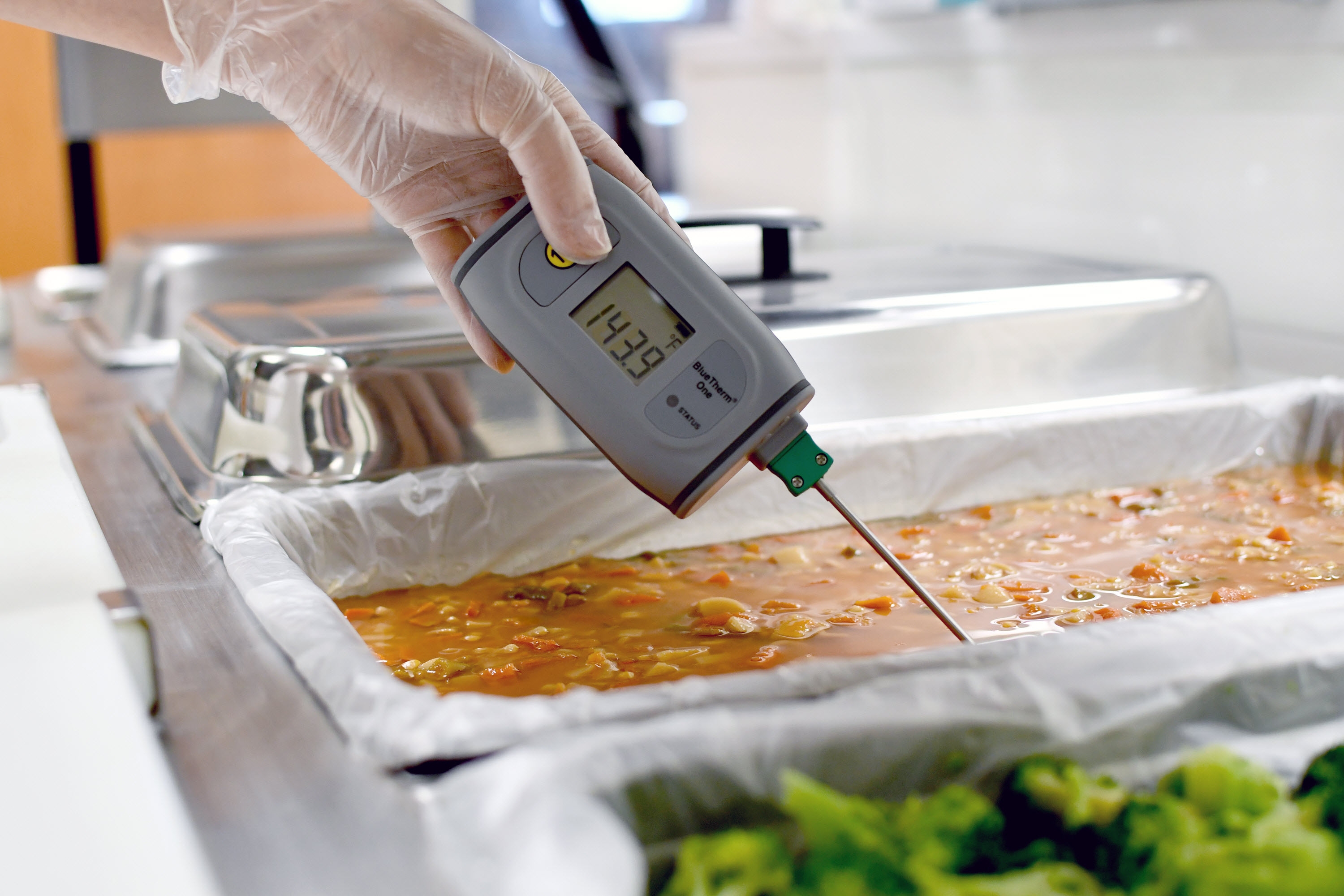Obtaining a Canadian Food Inspection Agency (CFIA) license is a critical step for any food business operating within Canada, ensuring compliance with the Safe Food for Canadians Regulations (SFCR). This guide is designed to navigate you through the licensing process, making it as straightforward and efficient as possible. Leveraging modern technology like food safety software can simplify this journey, ensuring that you meet all regulatory requirements with greater ease and accuracy.
Understanding CFIA Licensing
The CFIA license is a requirement under the SFCR that came into effect on January 15, 2019. It applies to businesses that import food, prepare food for export, or sell food across provinces. The license demonstrates that your business maintains a preventive food safety control plan, handles traceability, and complies with standards for consumer protection and food safety.
Why You Need a CFIA License
A CFIA license helps to:
- Ensure the safety of food products.
- Enhance marketability by providing proof of compliance.
- Facilitate easier access to international markets.
- Protect consumers and boost their confidence in your food safety practices.
Preparing for Your CFIA License Application
Before you apply, ensure your business meets the following prerequisites:
1. Understanding Your Business Activities
Identify the specific activities covered under the SFCR that your business engages in, such as manufacturing, processing, treating, preserving, grading, packaging, or labeling food.
2. Developing a Preventive Food Safety Control Plan
Implement a robust food safety control plan that addresses potential risks and hazards in your operations. This plan should cover critical control points, corrective action procedures, and regular verification processes.
3. Ensuring Traceability
Your operations must have a system in place for food traceability. Food traceability software can be a valuable tool here, allowing for the tracking of food products from origin to final destination, thus facilitating rapid response in the event of a food safety issue.
4. Label and Packaging Compliance
Ensure that your labels and packaging meet CFIA standards, including bilingual labeling and the inclusion of nutritional information as required.
5. Employee Training
Conduct thorough training programs for employees on food safety practices, ensuring they understand their roles in maintaining compliance.
Step-by-Step Application Process
Step 1: Register for a My CFIA Account
Start by creating an account on the My CFIA portal. This online service will be your primary tool for submitting your application and managing your license.
Step 2: Prepare Your Application
Gather all necessary documentation, including your food safety plan, traceability records, and details of your business operations. Utilizing food safety software can streamline this process by keeping all your compliance data organized and accessible.
Step 3: Submit Your Application
Log into your My CFIA account and complete the application form. You will need to provide detailed information about your business activities, types of products handled, and the scope of your market (domestic, export, import).
Step 4: Pay the Licensing Fee
After submitting your application, you will need to pay a licensing fee. Fees vary depending on the type and size of your business. Payment can typically be made directly through the My CFIA portal.
Step 5: Wait for Review
Once your application is submitted and fees are paid, it will be reviewed by CFIA. This process can take several weeks, during which CFIA may request additional information or documentation.
Step 6: Receive Your License
If your application is approved, you will receive your CFIA license electronically via your My CFIA account. This license must be renewed every two years.
Step 7: Maintain Compliance
Maintaining your CFIA license involves regular reviews and updates to your food safety plan, ongoing employee training, and continuous monitoring of your compliance practices. Regular audits, both internal and by CFIA, will help ensure ongoing compliance.
Leveraging Technology for CFIA Compliance
In today's digital age, leveraging technology such as food safety and food traceability software can significantly ease the burden of compliance. These tools offer:
- Automated record keeping, which simplifies the creation and maintenance of required documentation.
- Real-time tracking and monitoring of your food safety practices.
- Alert systems for potential food safety issues, allowing for immediate corrective actions.
These technologies not only support your CFIA license application but also enhance the overall safety and efficiency of your operations.
Applying for a CFIA license is a rigorous but essential process for food businesses in Canada. By understanding the requirements and preparing thoroughly, you can navigate this process successfully. Embracing modern technologies like food safety software can provide a substantial advantage.
Interested in seeing how food safety software can transform your CFIA compliance process? Schedule a demo with us today at NORMEX Demo and take the first step towards a more efficient and compliant future.
By diligently following these steps and continuously improving your food safety practices, you'll not only comply with regulations but also contribute to a safer food supply chain, benefiting both your business and consumers alike.







